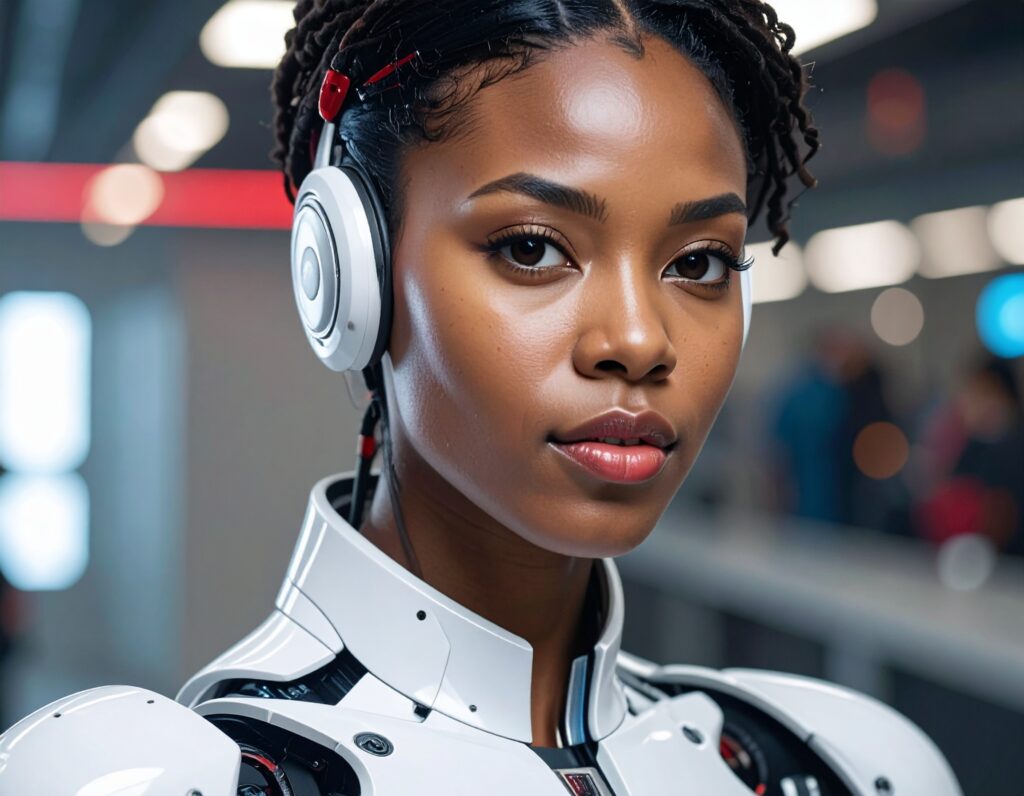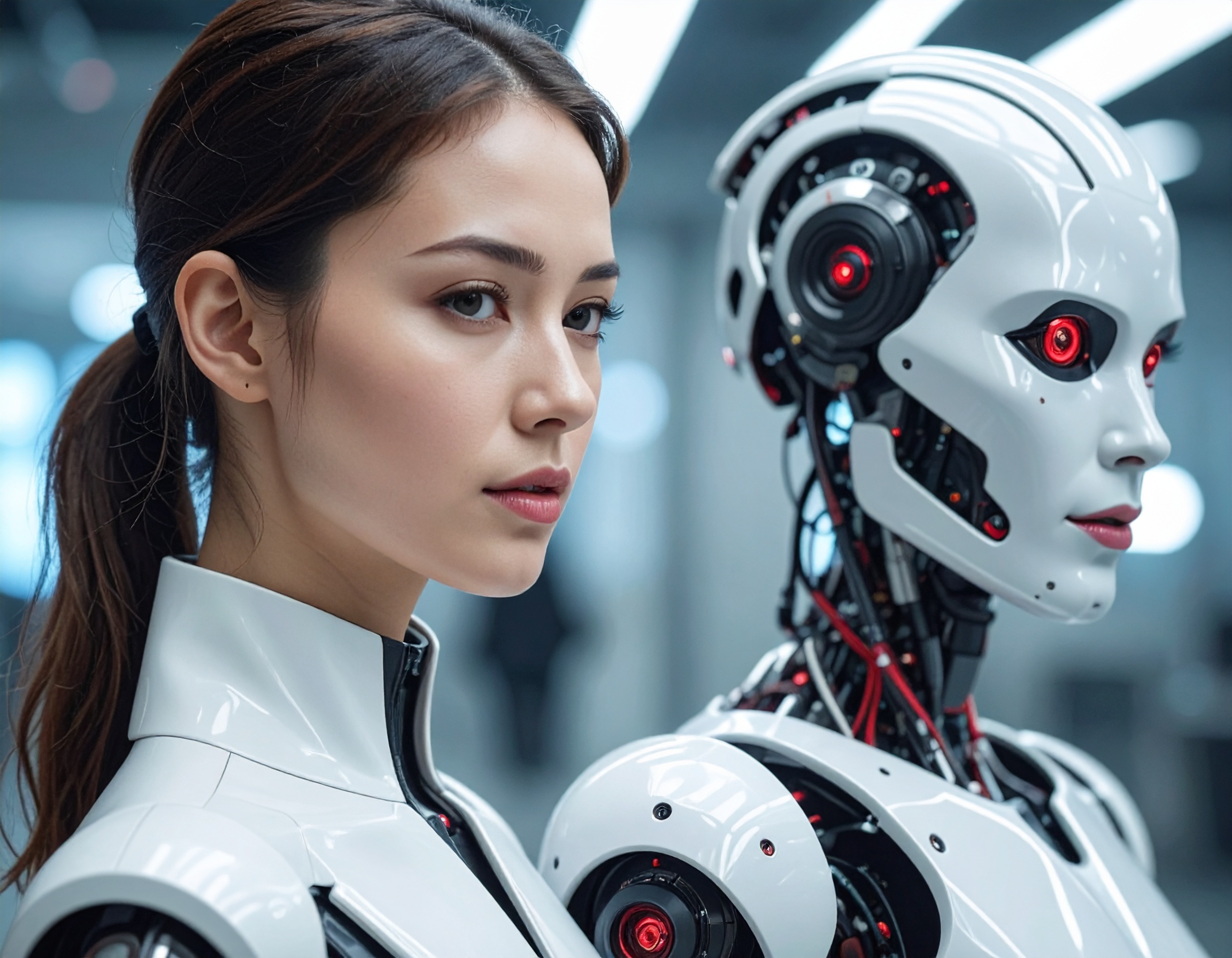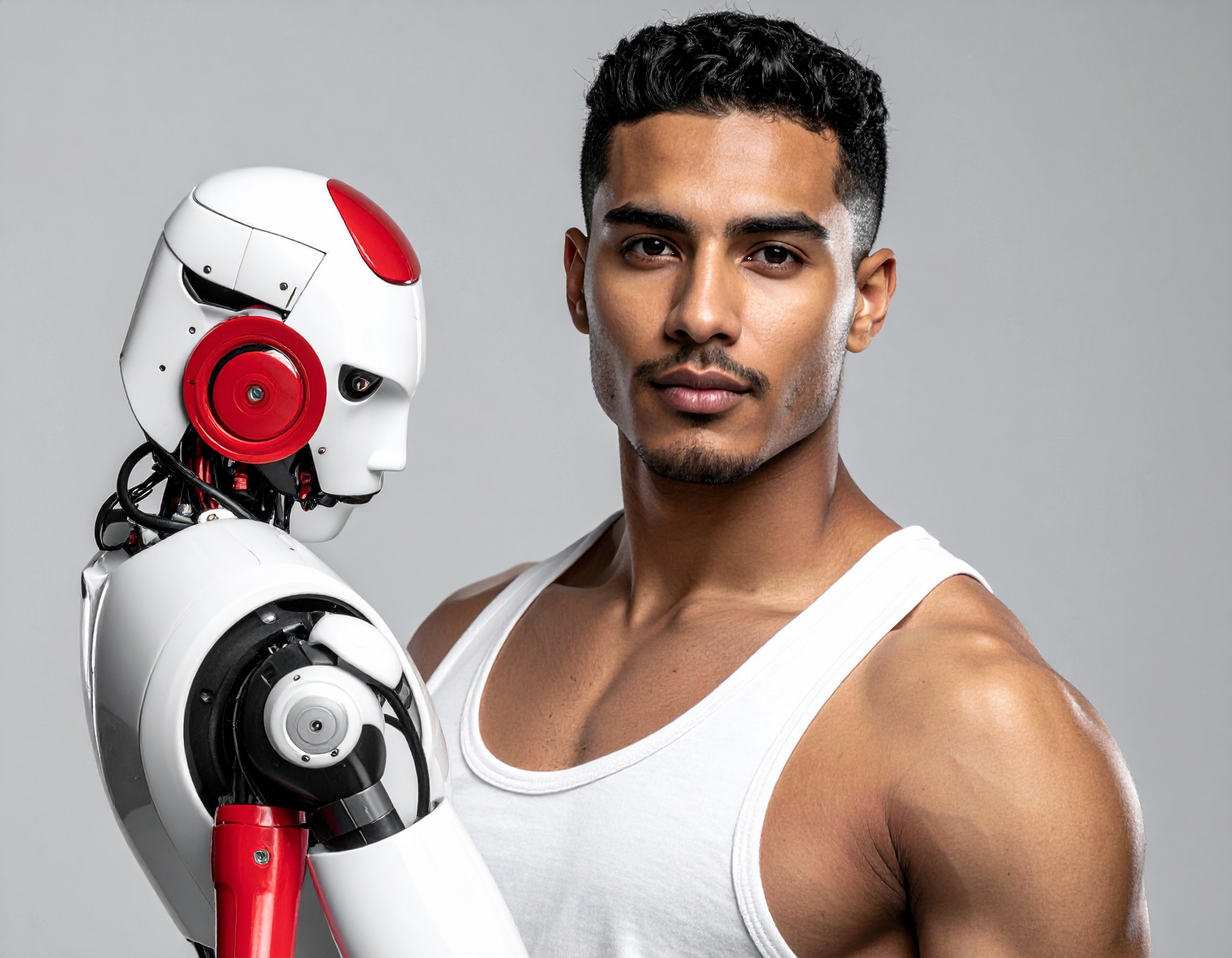Midea Unveils the Rise of Non‑Human Workers in the Home: A New Era of AI Employees

The Big Reveal: Humanoid Home Robot and Roadmap
On 31 October 2025 at its Technology Month and Third Visionaries Conference in Foshan, China, Midea Group introduced its latest ambition in home robotics. The company showcased its third‑generation humanoid robots, including the “Mei La” series aimed at house‑keeping tasks, and the “Mei Luo” series for industrial uses. The home‑robot model “Mei La X” was designed as a compact bipedal unit fit for everyday domestic environments.
Simultaneously, Midea announced its strategic “embodied intelligence” roadmap — signalling a shift toward AI employees and Non‑Human Workers that don’t just respond to commands, but perceive, decide, and act in physical spaces.
What Exactly Is Changing — and Why It Matters
Midea’s plan goes beyond upgrading smart home gadgets. It’s aiming to integrate robots that can operate appliances (washing machines, microwaves, fridges) and perform tasks like laundry, cleaning, sorting — stepping into roles traditionally held by humans.
Some key points of note:
- The “Mei La X” robot is designed for small‑space homes and can interact with standard household appliances.
- Midea is also building a home‑appliance ecosystem which supports multi‑agent collaboration: robots + smart appliances + data networks.
- In industrial settings, the “Mei Luo” robots and factory “brains” will coordinate Non‑Human Workers such as humanoids, AGVs and sensor‑based systems, aiming to raise productivity and reduce labour costs.
This shift is significant because it moves the narrative from “smart devices” that await a human’s command to “AI Employees” that autonomously perform the work. In doing so, Midea is preparing for a future where Voice AI Agents, embodied robots and smart appliances converge into a unified ecosystem.

Timing & Relevance: Why Now?
This announcement on 3 November 2025 (via the news source date) comes at a time when the robotics and AI sectors are rapidly evolving. China is pushing for “embodied intelligence” — robots that physically integrate into human environments — and Midea is leveraging its appliance dominance to enter this frontier.
Why this matters:
- For consumers: it foreshadows a future where home‑robots might become as common as washing machines, shifting household labour dynamics.
- For industry: it indicates stronger competition in the robotics field, particularly service‑robot market‑segmentation between household and factory uses.
- For society/workforce: the rise of “Non‑Human Workers” and AI Employees challenges our assumptions about labour, task allocation, and the role of human effort in both home and factory settings.
What to Watch Forward
Midea’s roadmap suggests a phased rollout: home robots will mature in test scenarios within the next 2–3 years, but full‑scale market readiness is further away.
The reliability, cost, and consumer acceptance of such AI Employees will be crucial. Will they simply augment human efforts, or replace significant portions of domestic/workforce labour?
Additionally, the development of Voice AI Agents and embodied intelligence platforms raises questions about data privacy, interoperability of smart‑appliance ecosystems, and how households will adapt habitually.
Key Highlights:
- Midea unveiled its third‑generation humanoid robot “Mei La X” for home use and “Mei Luo” series for industrial use.
- The company issued a strategic roadmap for “embodied intelligence” — robots that perceive, decide, act.
- Home‑robots from Midea will link to smart appliances and multi‑agent systems, moving beyond passive devices.
- Midea’s industrial‑robot expansion includes factory “brains” controlling Non‑Human Workers and humanoids.
- The announcement underscores growing relevance of AI Employees in both home and industrial domains.
- Timing is critical: robotics & AI sectors are pivoting toward embodied intelligence and physical agency.
- Challenges ahead include market readiness, cost, consumer habits, and the broader implications for labour.
Reference:


